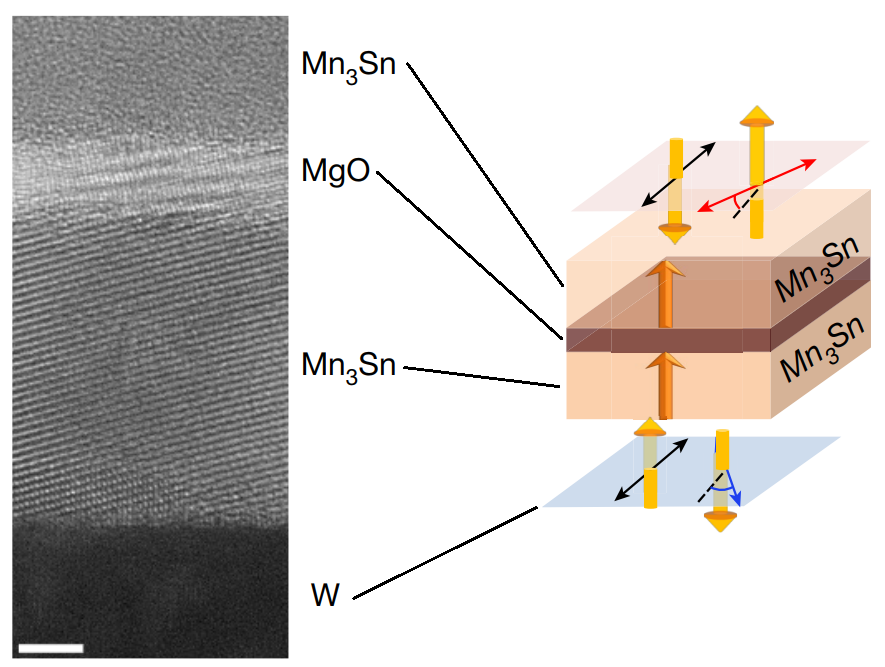
 A class of nonvolatile memory devices, called MRAM, based on quantum magnetic materials, can offer a thousandfold performance beyond current state-of-the-art memory devices. The materials known as antiferromagnets were previously demonstrated to store stable memory states, but were difficult to read from. This new study paves an efficient way for reading the memory states, with the potential to do so incredibly quickly too.
A class of nonvolatile memory devices, called MRAM, based on quantum magnetic materials, can offer a thousandfold performance beyond current state-of-the-art memory devices. The materials known as antiferromagnets were previously demonstrated to store stable memory states, but were difficult to read from. This new study paves an efficient way for reading the memory states, with the potential to do so incredibly quickly too.
You can probably blink about four times a second. You could say this frequency of blinking is 4 hertz (cycles per second). Imagine trying to blink 1 billion times a second, or at 1 gigahertz; it would be physically impossible for a human. But this is the current order of magnitude in which contemporary high-end digital devices, such as magnetic memory, switch their states as operations are performed. And many people wish to push the boundary a thousand times further, into the regime of a trillion times a second, or terahertz.























